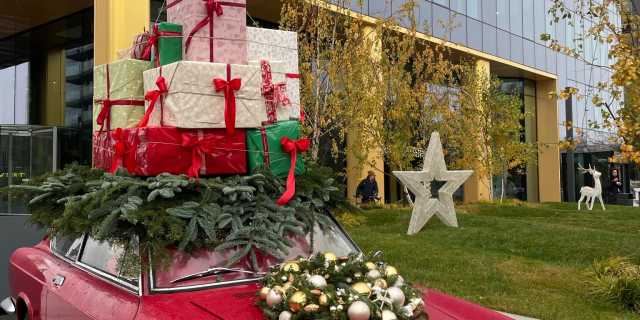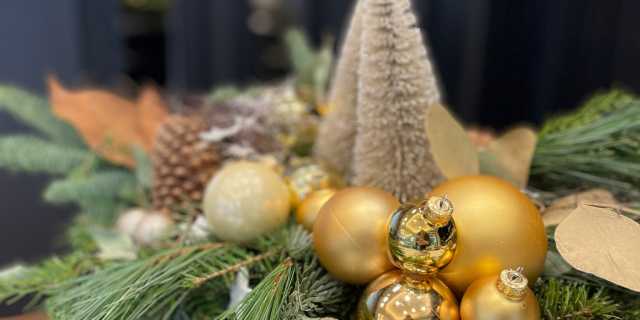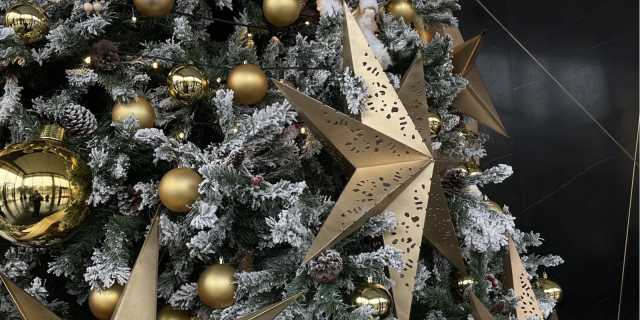Theodor Pallady Museum
Known to the public, especially as Casa Melik, Theodor Pallady Museum hides within its walls numerous paintings and no less than 800 drawings and engravings made by the artist when he lived in Paris, being donated to the Romanian state by Serafina and Gheorghe Răut, friends of the painter. Other items in the museum's collection consist of oriental pottery, furniture, textiles, and various sculptures. Built in the 18th century, the building on Spătarului Street is on the list of historical monuments and is considered by several sources as the oldest habitable house in Bucharest. It was named after Iacob Melik, one of the most notable owners, who ordered its renovation in 1857, but kept the original elements, including the upstairs porch enclosed in windows, the wide eaves roof, and the wooden interior staircase. The museum has been open to the public since 1971, a year after undergoing a series of intense renovations.
The Museum of Popular Art „Prof. Dr. Nicolae Minovici”
Inaugurated in 1914, the Museum of Popular Art „Prof. Dr. Nicolae Minovici”, located on the street of the same name, hosts a series of Romanian ethnographic objects from all regions of the country. These include icons, pottery, painted eggs, folk costumes, fabrics, and traditional musical instruments. Once the home of Dr. Minovici, the building in which it operates dates from 1905 and was designed by architect Cristofi Cherchez, reflecting the vision of the owner. The two thought of house plans to combine both traditional and European elements. An example of this is the use of an Italian loggia and a peasant porch in the design of the upstairs terrace.
The Museum of Old Western Art „Eng. Dumitru-Furnică Minovici”
On the same street as the Museum of Popular Art is the Museum of Old Western Art "Eng. Dumitru-Furnică Minovici”, built between 1941-1942. Until 1989, it was named the Museum of Feudal Art of the Romanian Academy. From the project stage, the Minovici house was designed to serve as a museum, and the construction materials were brought from abroad. Designed in the shape of the letter L, according to the plans of the Italian architect Vincenzo Canell, the building follows the English Gothic Tertiary / Perpendicular (Tudor) style, while also containing several distinctive features such as the Venetian loggia or elements of the Norman style. The museum's heritage includes objects discovered by Dumitru Minovici (nephew of Nicolae Minovici) in various auctions and antique shops visited during his travels in Europe. These include various tapestries, hunting weapons and trophies, paintings and pieces of art furniture, stained glass, and antique books. Their value led to the inclusion of the museum on the list of class A historical monuments.
Frederic and Cecilia Cuțescu-Storck Art Museum
The Art Museum named after the Storck family was inaugurated in 1951, right in the house of the sculptor Frederic Storck and his wife, the painter Cecilia Cuțescu-Storck, an important figure in the field, as she was the first woman in Europe to head a university art department. Built between 1911 and 1913, the house-museum contains, on the outside, a series of decorative elements consisting of two bas-reliefs of Romanesque inspiration and a frieze in which the profile of the owner was made, along with representations of winged lions and female figures. The museum's collection includes a series of works by the two artists, a collection of numismatics, and several medals created by Frederic Storck.
National Museum of Maps and Old Books
With a much more recent history, the National Museum of Maps and Old Books opened its doors in 2003 within the walls of a house built about a century ago. Its collection includes around 1,000 exhibits consisting of maps, lithographs, engravings, and urban plans, along with other graphics and paintings representing mainly landscapes and portraits. To inaugurate the museum, the building underwent a series of transformations, such as the decoration of the ceilings with elements from mythology and astronomical maps, but also the installation of stained-glass windows also representing various heraldic and cartographic elements, all executed by a team of Romanian artists. The architecture of the historical monument combines various styles of Gothic and Mediterranean inspiration, rendered by the use of broken arches, respectively loggias.
Data for this article was obtained from historia.ro, mediafax.ro, ecdl.ro, ghidulmuzeelor.cimec.ro, merg.in/bucuresti, mnar.arts.ro, muzeulbucurestiului.ro, muzeulhartilor.ro, and wikipedia.org. Photo: Bucharest Muncipality Musem.
More on our blog
- One Insider
- Real estate: past, present and future
- Layout and style
- Real estate education
- Free time in Bucharest
- Tourist attractions in Bucharest
- The neighborhoods of Bucharest
Read also






